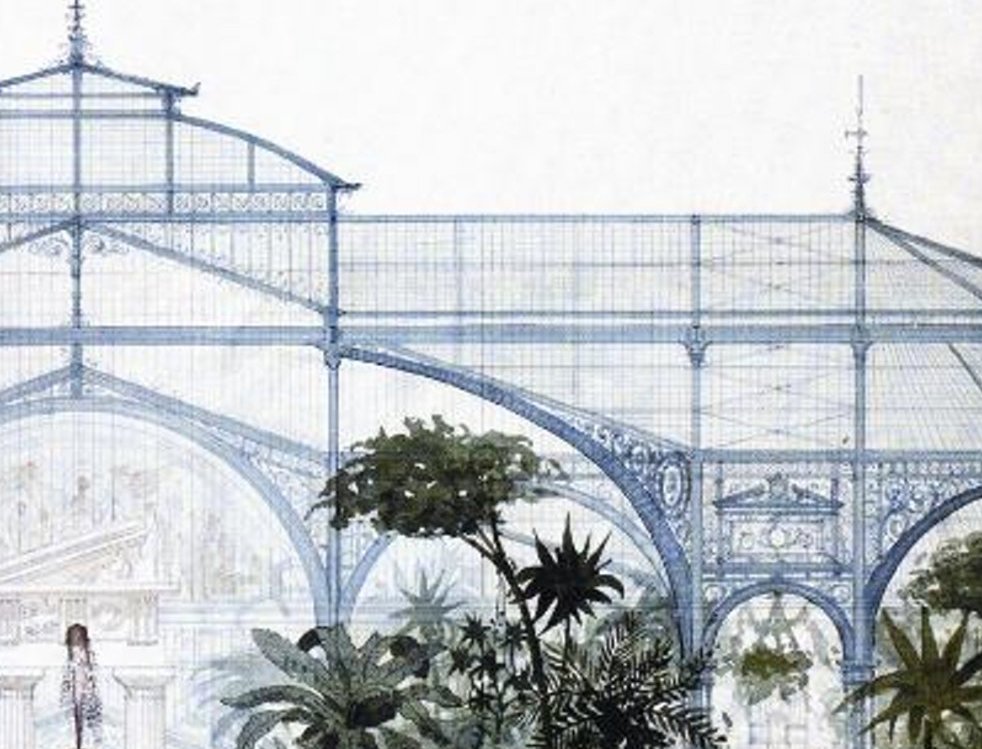The Glass Age
Cole Swensen
Alice James Books, $14.95 (paper)
Swenson’s latest collection consists of three long sequences in prose and verse that reflect—yes, reflect—upon the composition and meaning of windows, glass, and the human gaze. One might wish for a topic less hermetic, less removed from the chaos of today’s news, but these poems are like grains of sand—“they say / an entire world”—dazzlingly interrupting the prosaic to dally in grammar and image: “They swept the light up from the floors and stored it in stone jars, / which by morning / What light has seen / the jars were empty / keeps no sketch / returned to quartz and so dispersed / throughout the busy afternoon.” Conversant with the ideas and language of great aesthetes, from Baudelaire and Walter Benjamin to Gilles Deleuze, Swensen’s poems have an argumentative sweep, and Pierre Bonnard’s paintings of windows are here central to her thesis: “It’s the organizing principle of all his compositions, horizontal, looking neither up nor down, but out, and pushing the world continually outward, a floodplain on which skates, fleet apothecary, the glance.” Swensen links Bonnard’s “equivalent world[s]” with inventions of glass, that “anemic ghost that lives on salt”: “With its random atomic arrangement, / like that of a liquid, say, a river stopped mid-gesture, the blink that / fixes the picture, suspending it on the surface, a permanent floating / leaf.” But Swensen’s analysis is gestural, not argumentative. Evocative flashes of perception reflect the hovering knowledge that “all seeing is seeing as / if there were enough light.” The Crystal Palace, an 18-acre greenhouse built for the Great Exhibition of 1851, becomes a metaphor for Swensen’s take on the 19th century, which for her is a ligature of glass and metal, artificially verdant and overblown. British civilization seemed to peak in 1851, when it led the world in wealth and colonial conquest, and this folly of engineering—“the extension of space by means of glass”—became a nationalist symbol. When it burned to the ground, Swensen writes, “Whole families gathered in armchairs, and read the evening papers with the lights off.” The analogy with the contemporary United States is latent here, observed, we might say, “through a glass, darkly.”








